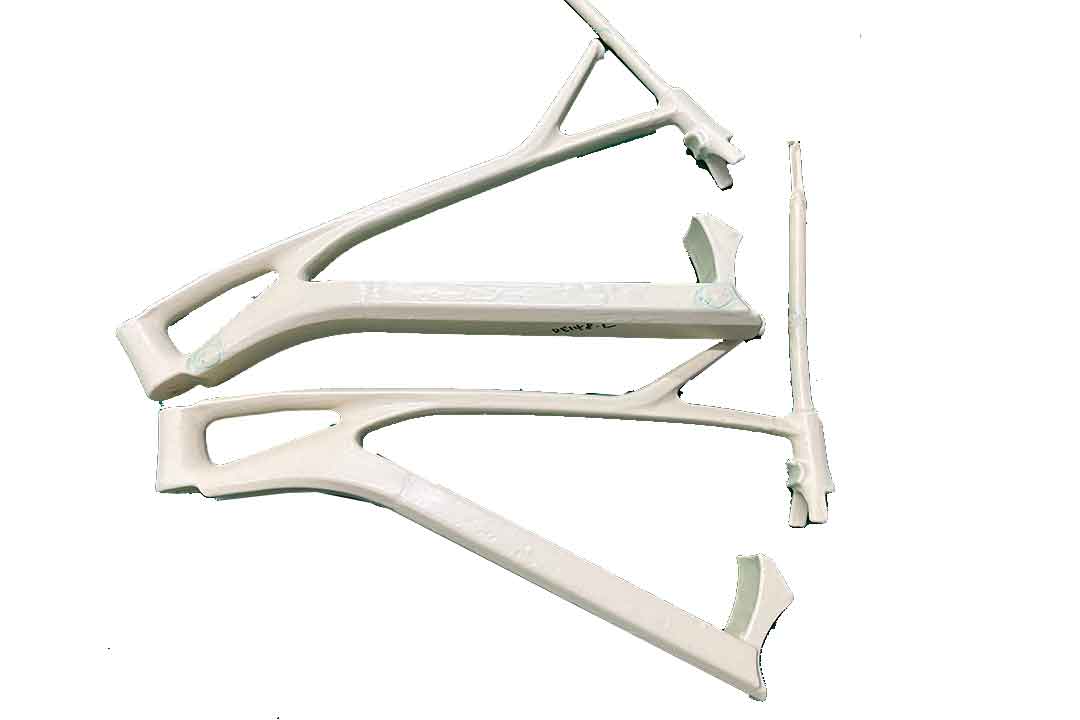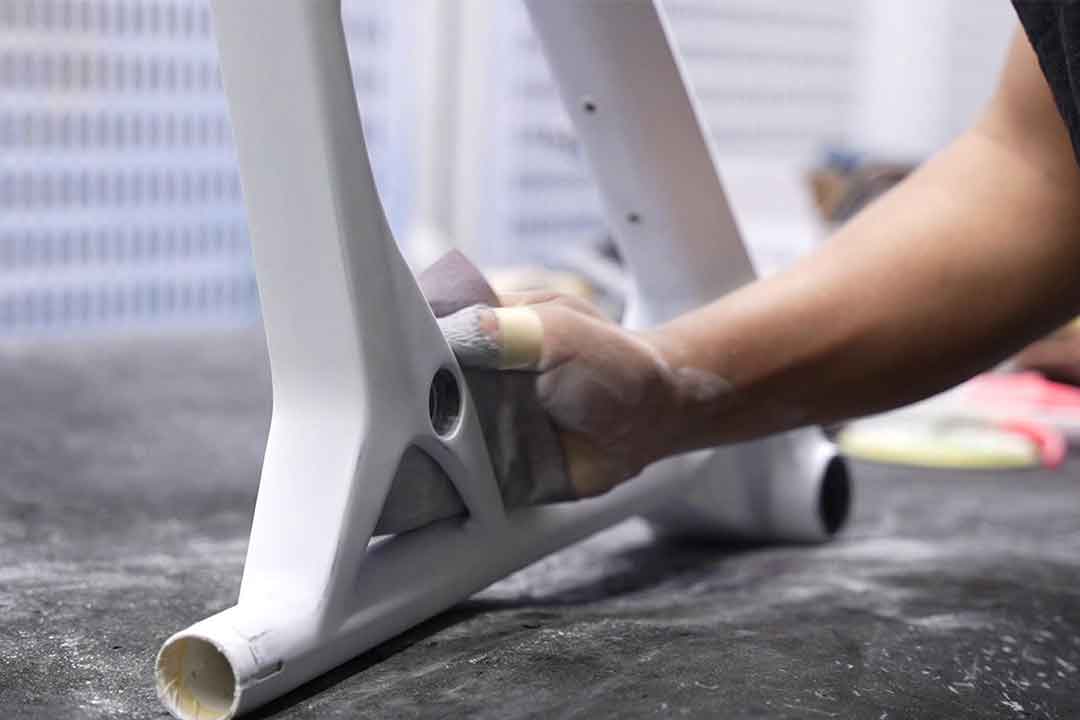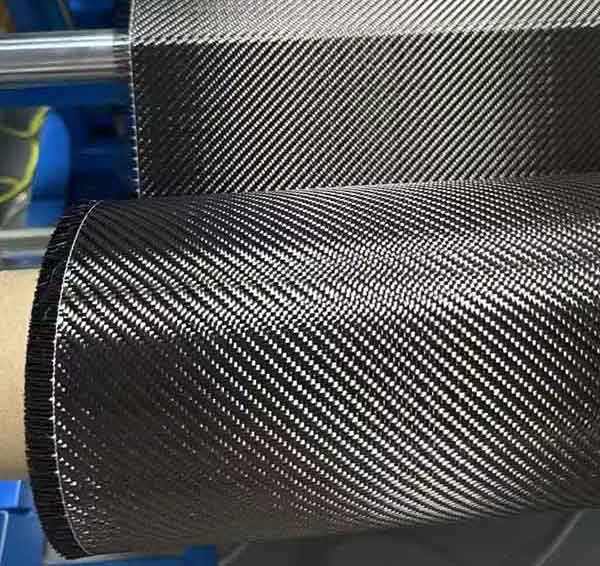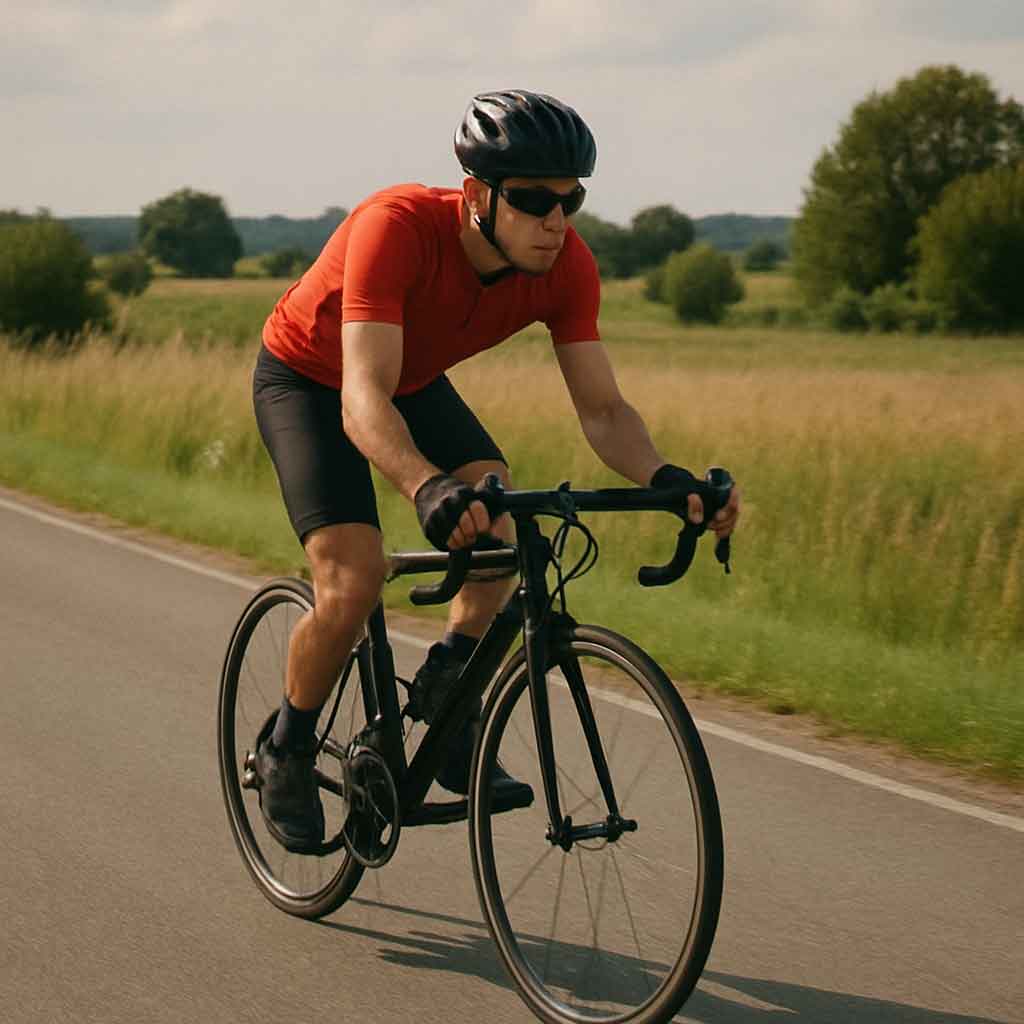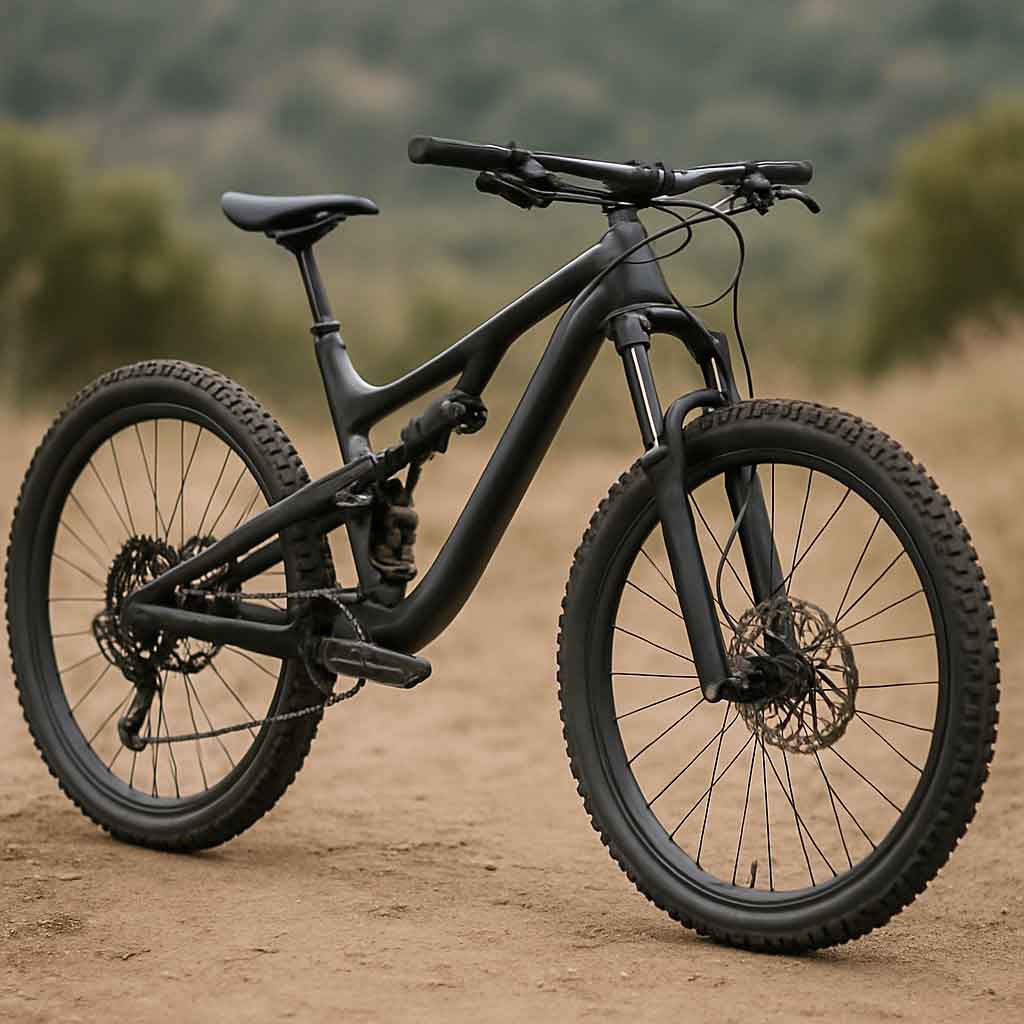Welcome to Mondince Bike - A well-known factory specialized in produce carbon bike frame and other parts since 2007.
Choosing the Right Size Road Bike
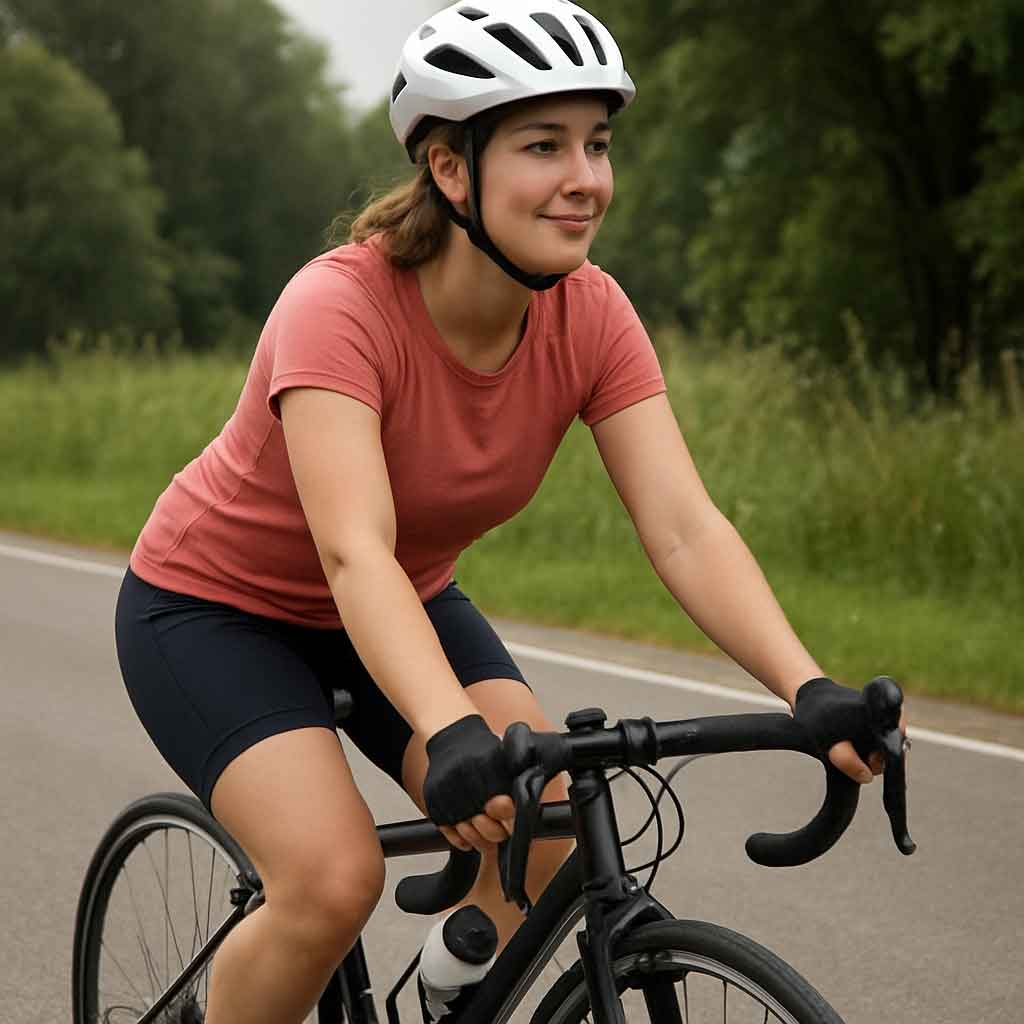
Riding a bike that doesn't fit can lead to discomfort, pain, and even injury. A poorly fitted bike can strain your muscles, affect your posture, and lead to long-term health issues. Moreover, the wrong size can impede your ability to ride efficiently, making it difficult to maintain speed and control. A properly sized bike, on the other hand, ensures that you can ride efficiently and comfortably, allowing you to focus on enjoying the ride rather than dealing with discomfort.
For women, who often have different body proportions than men, choosing the right size is even more crucial. Women typically have shorter torsos and longer legs, which can affect how they fit on standard bikes designed with male body proportions in mind. By selecting a bike that accounts for these differences, women can improve their riding experience significantly, reducing the risk of injury and enhancing performance. A well-fitted bike is not only safer but also promotes better posture and balance, making cycling a more pleasurable activity.
Key Measurements to Consider
When selecting a road bike, focus on these primary measurements, as they are pivotal in ensuring a good fit:
- Frame Size: This is the most crucial measurement. It usually corresponds to the length of the seat tube, and it's often measured in centimeters for road bikes. Frame size affects how the bike handles and your ability to maneuver it effectively.
- Reach: This is the distance from the saddle to the handlebars. It affects your riding posture and comfort. A reach that is too long or too short can lead to poor posture and back pain, making it important to find a balance that feels natural.
- Standover Height: This is the clearance between the top tube and your crotch. You should have at least 1-2 inches of clearance when standing over the bike. This measurement is crucial for safety, allowing you to dismount quickly if necessary.
Finding the Best Road Bike for Female Beginners
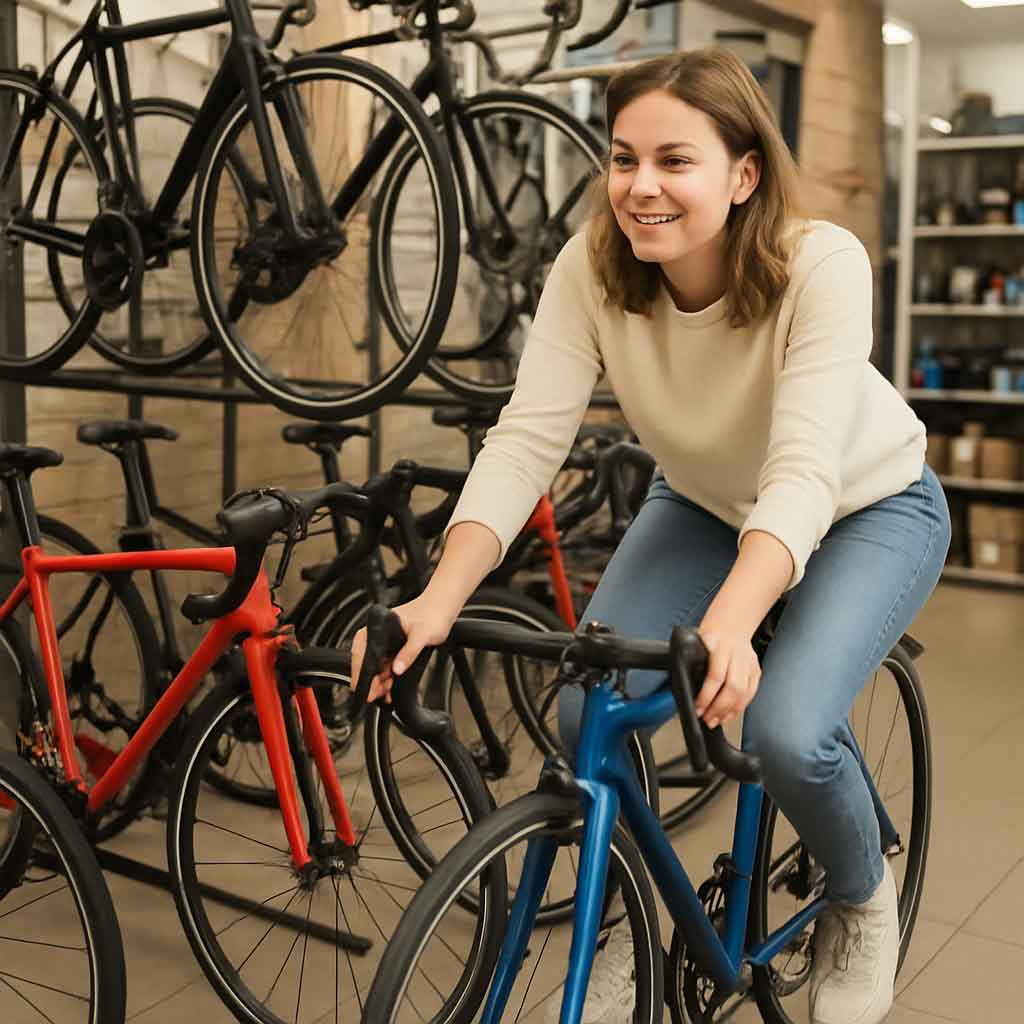
As a female beginner, you might wonder what makes a road bike suitable for you. Here are factors to consider that can help you make an informed decision:
Frame Geometry
Women's road bikes often have geometry designed to suit typical female body proportions, such as shorter torsos and longer legs. This design consideration ensures that women have a more comfortable and efficient riding posture. Look for bikes labeled as "women-specific" or "womens road bike" as they often feature these design adjustments. These bikes may also offer a more relaxed geometry, which can be beneficial for beginners who are still developing their cycling technique.
Adjustability
Choose a bike with adjustable components like the saddle and handlebars. This allows you to fine-tune the fit for comfort. Many bikes also offer adjustable stem lengths and seat post heights, which can be crucial for achieving the perfect fit. The ability to make small adjustments can significantly enhance your comfort, especially on longer rides. Adjustable components are also beneficial as they allow the bike to grow with you, accommodating changes in your riding style and preferences over time.
Weight
Beginners may find lighter bikes easier to handle. A good beginner road bike will balance weight with durability, ensuring that it can withstand regular use while being easy to maneuver. Lighter bikes are generally easier to accelerate and climb with, making them ideal for those new to cycling. However, it's important to ensure that the bike's lightweight frame doesn't compromise its strength and reliability, particularly if you plan on riding on varied terrains.
Understanding Size Charts and Measurements
Most manufacturers provide size charts based on height and inseam measurements. Here's a general guide to help you find the right size:
| Height (ft/in) | Inseam (in) | Frame Size (cm) | |----------------|-------------|-----------------| | 4'10" - 5'2" | 25" - 27" | 44 - 48 cm | | 5'2" - 5'6" | 27" - 29" | 48 - 52 cm | | 5'6" - 5'9" | 29" - 31" | 52 - 56 cm |
These are general guidelines, and trying out different sizes is recommended. Size charts provide a useful starting point, but personal preference and comfort should guide your final decision. If you are between sizes, consider your riding style and comfort preferences to make a decision. Additionally, consulting with a professional at a bike shop can provide personalized advice that considers nuances like your arm length and flexibility, which charts may not capture.
Choosing Between Different Types of Road Bikes
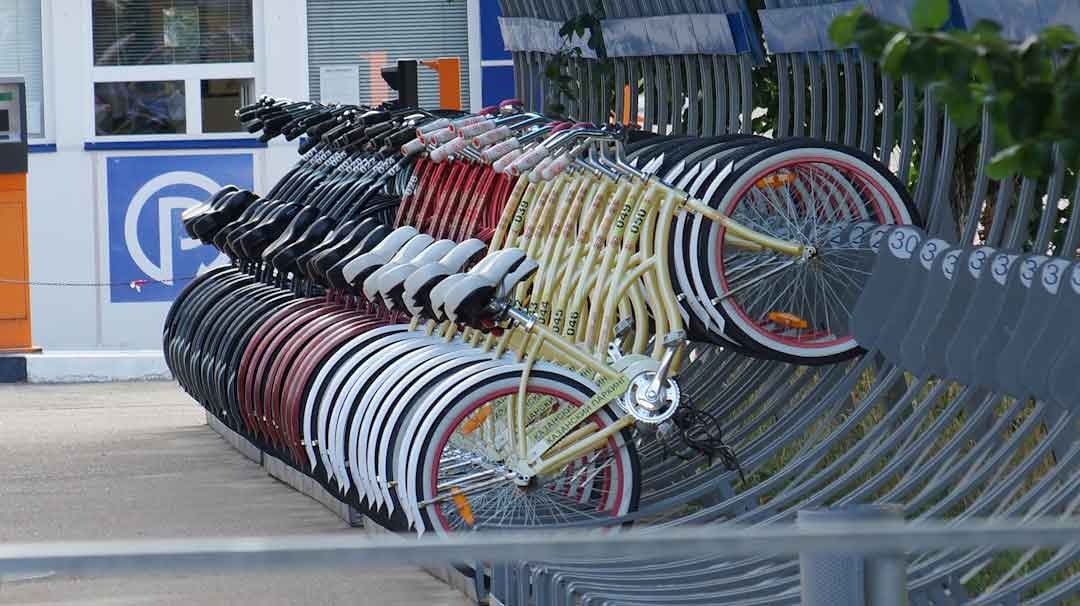
by Павел Харитонов (https://unsplash.com/@pashkanevalashka)
There are various types of road bikes, each with specific features tailored to different riding styles and preferences:
Racing Bikes
Designed for speed, these bikes have a more aggressive geometry, which might not be ideal for beginners seeking comfort. Racing bikes prioritize aerodynamics and performance, often requiring a more hunched riding position. While they offer impressive speed and agility, they can be less forgiving for those still learning the ropes of road biking. Beginners might find the aggressive position challenging, leading to discomfort over longer distances.
Endurance Bikes
These are great for beginners due to their comfortable geometry and smoother ride. They are built for longer distances and often have features that reduce road vibrations, such as more relaxed angles and wider tires. Endurance bikes are designed to keep you comfortable on longer rides, making them ideal for beginners who are looking to build stamina without sacrificing comfort. Their design promotes a more upright position, reducing strain on the back and neck.
Touring Bikes
If you plan on longer rides or carrying gear, touring bikes offer stability and comfort, making them a good choice for beginners who want versatility. Touring bikes are built to handle additional weight, with features like sturdy frames and racks for panniers. They are perfect for those who anticipate using their bike for commuting or bikepacking adventures. Their design emphasizes durability and comfort, ensuring a smooth ride even when fully loaded.
Tips for Buying the Right Road Bike
- Test Ride: Always test ride a bike before purchasing. Pay attention to how it feels when you ride, and whether you can easily reach the handlebars and pedals. A test ride can reveal insights about comfort and handling that specifications alone cannot provide.
- Consult Experts: Visit a local bike shop where staff can help you find the best fit based on your measurements and preferences. Experts can offer personalized advice and help you avoid common beginner pitfalls, ensuring you make an informed decision.
- Consider Upgrades: Even if you start with a beginner model, check if the bike allows for future upgrades like better tires or lighter components. Investing in a bike that can evolve with your skill level can save money in the long run and keep your cycling experience fresh and exciting.
Conclusion
Selecting the right size road bike is crucial for an enjoyable cycling experience. Whether you're looking for a "good womens road bike beginner" or the "best road bike for female beginner," understanding size and fit will help you make the right choice. By considering factors like frame geometry, adjustability, and bike type, you'll be well on your way to finding a bike that meets your needs.
Remember, the right bike should feel like an extension of your body, allowing you to ride comfortably and confidently. Investing time in finding the perfect fit will pay off with every ride, enhancing your enjoyment and performance. Happy cycling!



